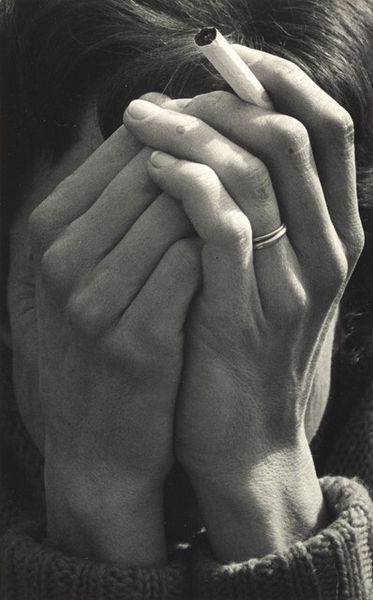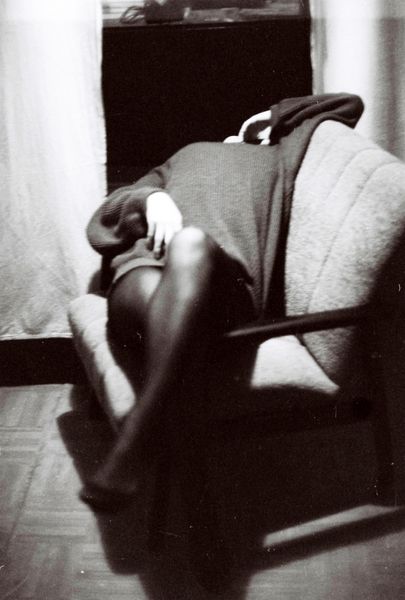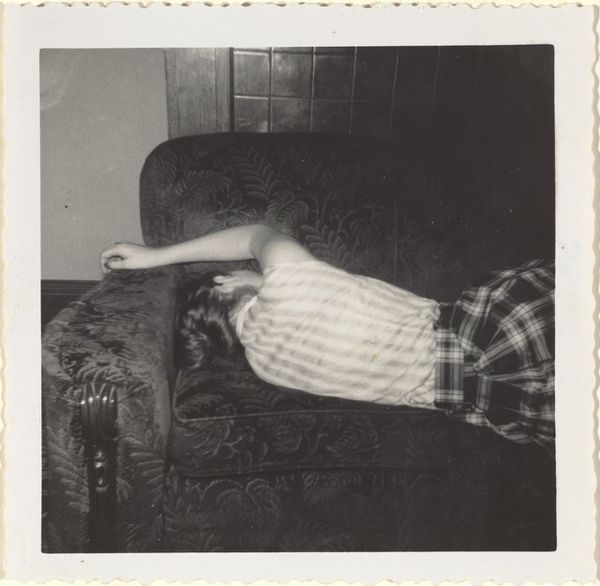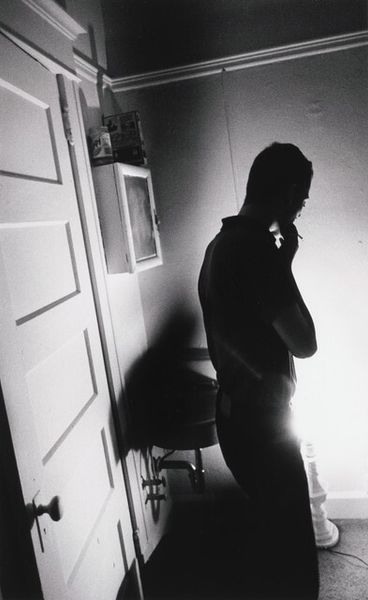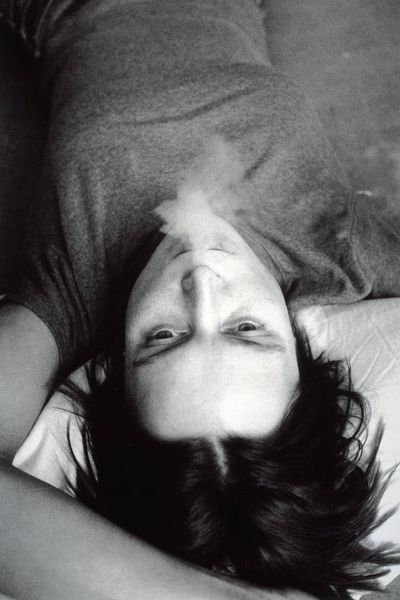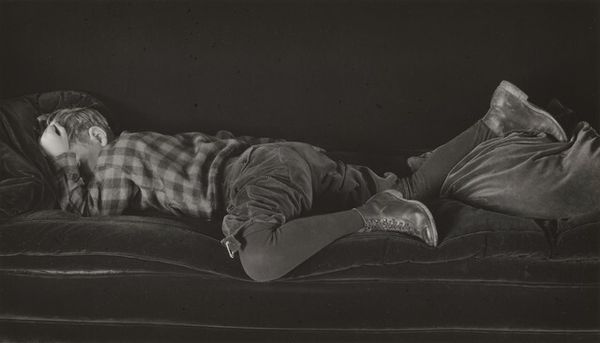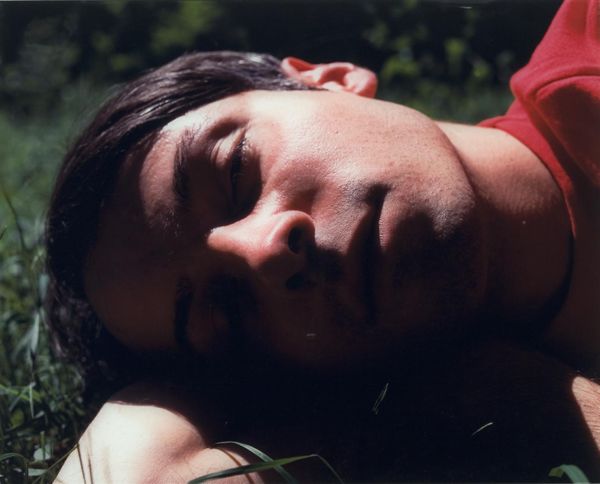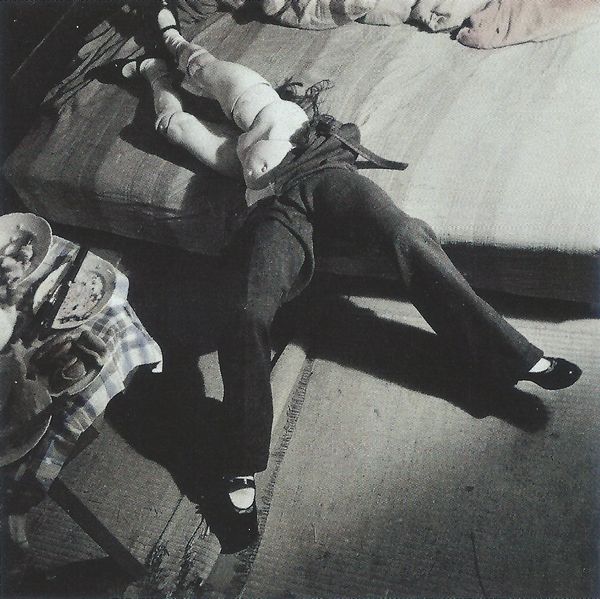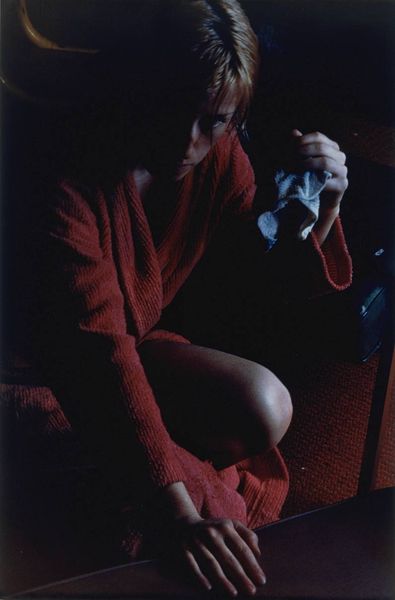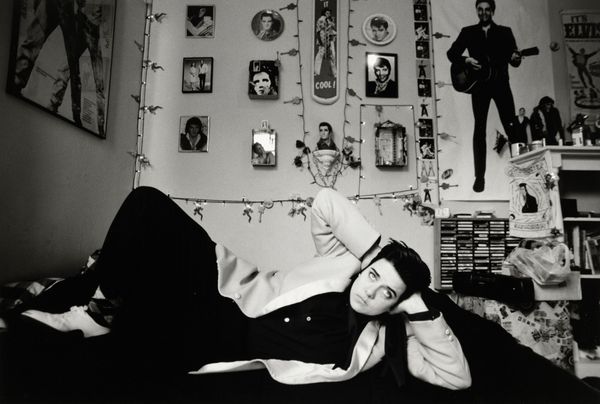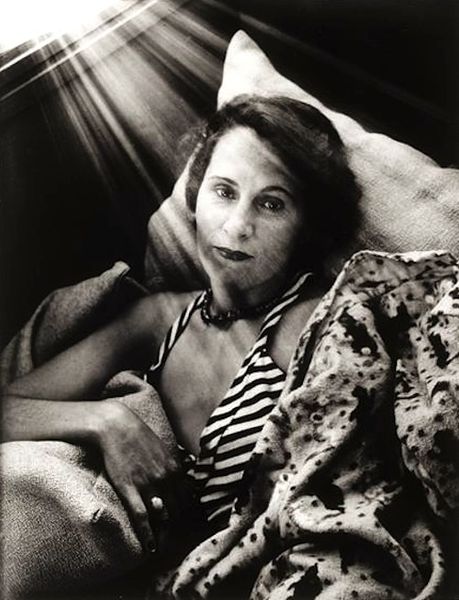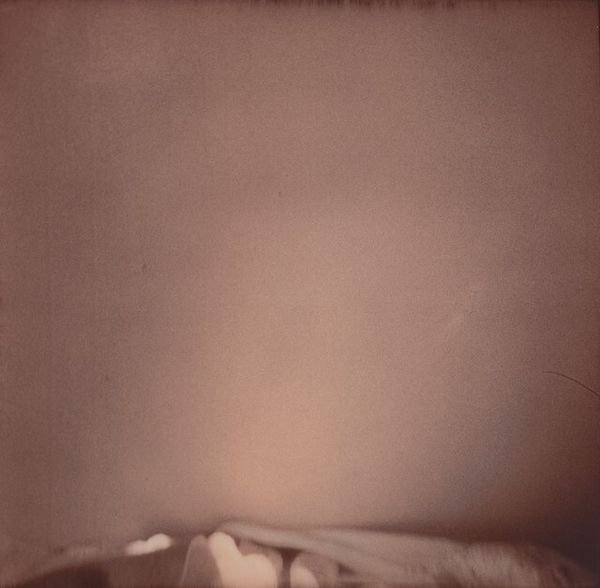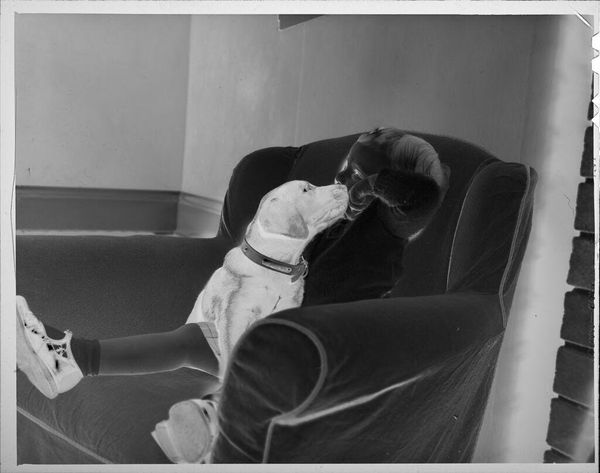
Dimensions: support: 1090 x 890 mm
Copyright: © Paul Graham; courtesy Pace and Pace/MacGill Gallery, New York | CC-BY-NC-ND 4.0 DEED, Photo: Tate
Editor: This is Paul Graham's "Television Portrait (Jack, Bradford)," and it looks like a photograph of a man absorbed in thought, perhaps watching television. What symbols do you see in this image? Curator: The television itself, though blurred, looms as a modern oracle. The man's posture – finger to temple – echoes classical depictions of philosophers or thinkers. He is receiving and processing information, almost like a contemporary prophet interpreting the moving image. Editor: So, it's not just about watching TV, but about what it represents? Curator: Precisely. The television is a symbol of mass communication, and his contemplative pose suggests a deeper engagement with its message. Editor: I never thought of TV as a contemporary oracle! Curator: Consider the cultural memory embedded in these visual symbols. They shape our understanding of the present. Editor: Fascinating! Thanks for sharing this perspective.
Comments
tate 7 months ago
⋮
http://www.tate.org.uk/art/artworks/graham-television-portrait-jack-bradford-p77637
Join the conversation
Join millions of artists and users on Artera today and experience the ultimate creative platform.
tate 7 months ago
⋮
Graham is one of several British photographers who have developed a new approach to documentary photography. He came to prominence in the 1980s with a series of photographs of Northern Ireland, and since then has made a number of works which reflect on socio-political issues. In contrast, his Television Portraits are surprisingly intimate and domestic. The series began with a spontaneous photograph of the artist's flatmate, and now includes images of people watching television all over the world. Although they meditate on the power of mass media and the ubiquity of television, ironically the television is not visible in any of the photographs. Gallery label, September 2004

